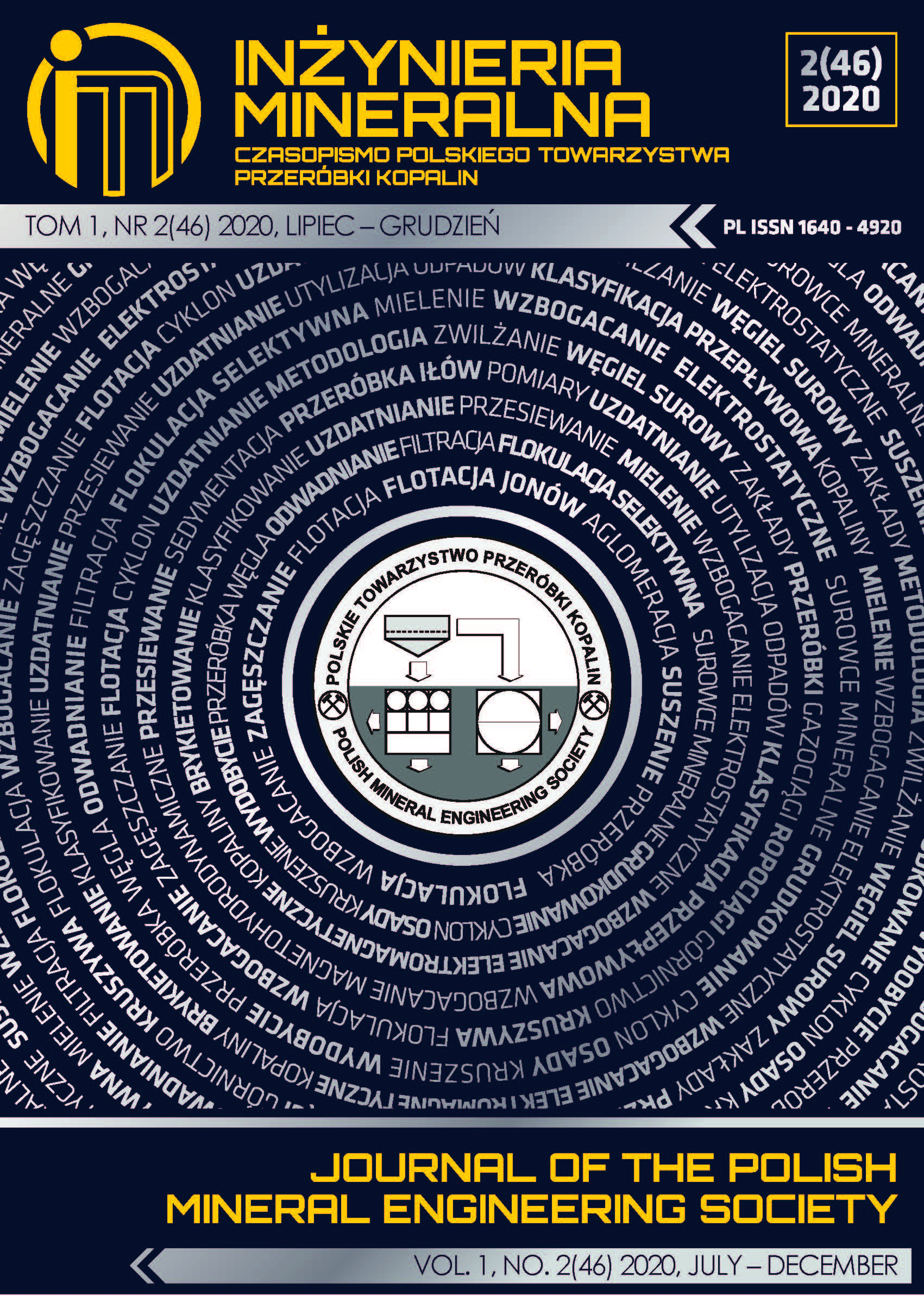Front Stress Distribution Under the Impact of Cutting Height to Caving Height Ratio in Extra-thick Longwall Top Coal Caving Technology
Abstract
The extraction with higher cutting height for extra-thick seam is the new research orientation in longwall caving technology. Due to the increase of top coal thickness and of cutting height which leads to the change of cutting/caving height ratio, the rule of roof failure (including top coal caving) and the distribution of stress around the face alter correspondingly. This paper is based on the geological conditions of face 8102 of Tashan-DaTong mine, employing the numerical model by UDEC2D code, analysing the effect of cutting/caving height ratio on the law of stress distribution ahead of the face. When the ratio of cutting/caving height decreases and the cutting height increases, the results of the research have shown that: (i)- peak stress redistributes further ahead of the face and its value manifestly drops; (ii)- the plastic deformation ahead of face significant increases and the zone of plastic strain also expands. It is therefore concluded that the variation of cutting/caving height ratio results in the redistribution of roof pressure, which contributes to the control of roof failure and face stability.
This journal permits and encourages authors to post items submitted to the journal on personal websites or institutional repositories both prior to and after publication, while providing bibliographic details that credit, if applicable, its publication in this journal.







.png)
